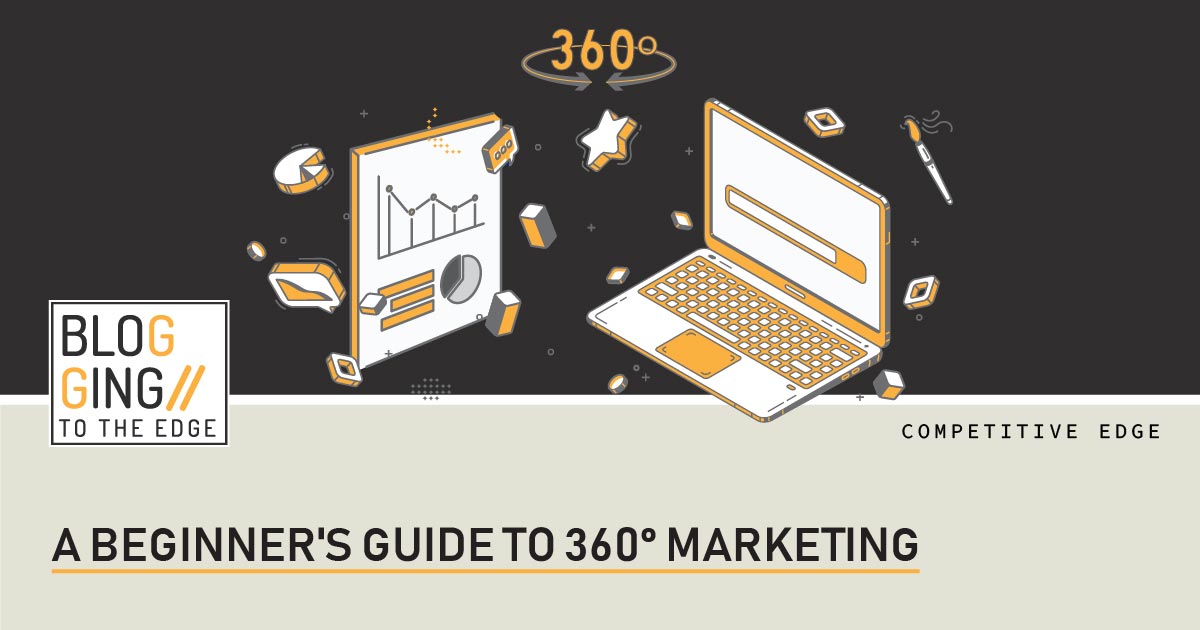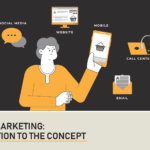What is 360 Marketing?
360-degree Marketing is an all-inclusive approach that integrates various marketing channels and touchpoints to offer a unified customer experience. Unlike traditional marketing, which often focuses on single channels, 360 Marketing aims to engage customers at multiple points in their journey.
Why is 360 Marketing Important?
In today’s digital age, consumers interact with brands through a multitude of channels—social media, email, websites, and even offline stores. A disjointed marketing strategy can lead to inconsistent messaging and a fragmented customer experience. That’s where 360 Marketing comes into play. It ensures that your brand message is consistent and impactful across all platforms.
Key Components of 360 Marketing
- Digital Marketing: This includes Search Engine Optimization (SEO), Pay-per-click (PPC), and social media marketing. These channels help in reaching a broader audience online and maximizing your brand’s reach.
- Omnichannel Marketing: This involves integrating online and offline channels to offer a seamless customer experience.
- Integrated Marketing: This focuses on aligning your marketing strategies across various departments like sales, customer service, and marketing.
- Customer Journey: Understanding the path that customers take from awareness to conversion is crucial. This helps in placing the right message at the right time.
How Can a Beginner Start with 360-Degree Marketing?
- Research: Understand your target audience, their preferences, and the channels they use.
- Plan: Create a comprehensive marketing plan that outlines your objectives, Key Performance Indicators (KPIs), and the channels you will use.
- Implement: Execute your plan while ensuring that all channels are integrated.
- Measure: Use marketing metrics, KPIs and Data Analysis to evaluate the effectiveness of your campaign.

Measuring Return of Investment (ROI) in 360 Marketing
- Marketing ROI: This involves calculating the return on investment for your overall marketing activities.
- Conversion Rate: This shows the percentage of visitors who take the desired action.
360 Marketing Best Practices
- Consistency: Ensure that your messaging is consistent across all your chosen channels.
- Personalisation: Use data to offer personalised experiences to your customers.
- Feedback Loop: Always keep an eye on customer feedback and adapt your strategies accordingly.
How to Create a 360 Marketing Plan
- Set Objectives: What do you aim to achieve? More sales, brand awareness, or customer retention?
- Allocate Resources: Determine the budget, skills, and tools required.
- Execute and Monitor: Implement the plan and continuously monitor its effectiveness.
- At Competitive – Edge, as a 360 agency, we pride ourselves on being in a position to offer comprehensive services that cover all aspects of your business needs, online and offline. The advantage of having all your marketing and digital services under one umbrella is unparalleled. It ensures consistency in messaging, streamlines communication, and simplifies the management of multiple campaigns. This holistic approach not only saves time but also optimizes your budget and enhances the overall effectiveness of your marketing efforts.”
Conclusion
360 Marketing is an essential approach when navigating a brand in the complex world of today’s marketing. When there’s a plethora of options and information, standing out from the crowd becomes a necessity.
Ready to grasp the competitive edge & power of 360 Marketing? Contact us today and book your free 30-minute consultation to start identifying your brand’s 360 marketing direction.



